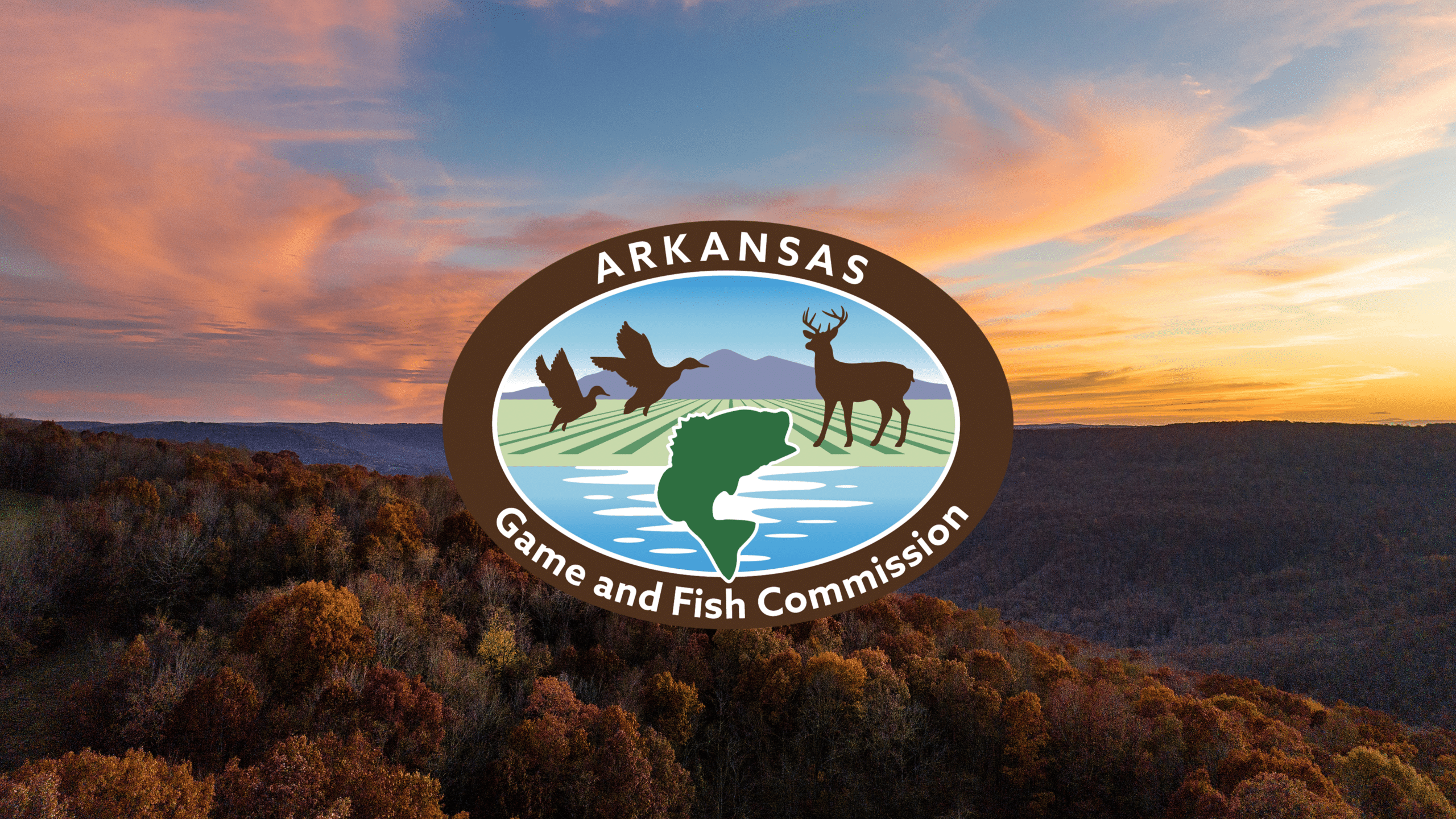Black bass plan expands focus, increases angler input
ON 04-18-2018

April 18, 2018
Randy Zellers
Assistant Chief of Communications
HOT SPRINGS – Roughly four out of 10 bass in Arkansas will die this year, but there’s no need to panic, that mortality rate is pretty common, and some mortality through harvest is actually encouraged to ensure a healthy fishery. This is only one of many interesting finds you’ll get perusing the latest version of the Arkansas Game and Fish Commission’s Reservoir Black Bass Management Plan, released earlier this year.
The AGFC has had strategic plans for the management of largemouth bass for decades. In fact, the Largemouth Bass Management Plan predates the formal Black Bass Program itself. Colton Dennis, black bass program coordinator for the AGFC, says the popularity of bass fishing and its economic benefit to Arkansas drove the formation of the plan in 1990 as well as the creation of the program in 2000.
“The Commission understood that black bass, like trout, have such a large and specialized following in Arkansas, that they later devoted biologists specifically to these two families of fish, much like biologists specialize in deer, ducks and other wildlife across the state,” Dennis said. “In 2000 two positions were specialized to work specifically with black bass and coordinate with all the regional biologists to help meet the needs of the fisheries in their districts.”
The latest plan was the combined effort of biologists from across the state, including everyone from hatchery biologists, fisheries managers throughout Arkansas, assistant chiefs of divisions and even the state’s fish pathologist. The plan, and its details involve nearly every aspect of fisheries management.
Amajor change to this iteration of the plan is the inclusion of all three species of black bass found in Arkansas. Previous versions focused solely on largemouths, but smallmouths and spotted bass also are found in many Arkansas reservoirs and are just as important to many anglers as their mossbacked cousins.
“The plan focuses on reservoir fish, and there has always been a plan for stream species like smallmouth, but with many anglers pursuing them and spotted bass in the reservoirs as well, we felt it important to include components specific to these species in our latest black bass plan,” said Dennis.
Another major change to the plan is the adoption of much more opportunities for communication between biologists and anglers.
“The three components of a fishery are fish, habitat and people,” Dennis said. “We’ve worked heavily with managing fish populations and have really put new emphasis on large-scale habitat projects, but we really wanted to increase our involvement with the third component – the anglers we serve.”
Dennis says more emphasis will be placed on creel surveys at boat ramps whenever possible as well as larger-scale human dimensions projects. A special “AGFC Black Bass Management” Facebook page has been created to help keep bass anglers informed of projects impacting bass and fisheries across the state, and a subpage of that offers a place for anglers to help biologists collect data on where big fish are being caught through photo submissions.
“That’s in addition to some of the programs we have like the Arkansas Tournament Information Program that have compiled statistics on fisheries for the last decade,” Dennis said. “We also just wrapped up a formal statewide angler survey that was completed by randomly chosen anglers to gather information on angler’s attitudes toward certain concepts such as catch-and-release, slot limits and preferred bodies of water.
The plan also lays the groundwork for more accountability by setting a deadline of five years before it’s reviewed and adapted to meet coming challenges. Goals and strategies set by this plan will be measured to help biologists adjust tactics in the event of new issues.
“This isn’t something we just did to say we did it, it’s the blueprint for how all of our biologists can be on the same page to make fisheries better for bass and anglers,” Dennis said. “As science evolves and we learn new tactics, we want to be on the cutting edge of those changes that will improve things for our fishermen, so it should remain in a constant state of change to adapt to these challenges.”
A condensed version of the plan and the entire plan are both available on the Black Bass Program’s web page at www.agfc.com/bbp.
“The entire plan is 42 pages, and covers a lot of scientific data collection information, so we worked to condense it into a more digestible version for all anglers,” Dennis said. “But we still want to offer the entire plan to those anglers who want to read a little more deeply into the goals and strategies of our work.”
Recent News

AGFC Commissioner Meeting Notice
Jul. 15, 2025

Arkansas Wildlife Weekly Fishing Report
Jul. 10, 2025
Subscribe to Our Weekly Newsletter E-mails
Don’t miss another issue. Sign up now to receive the AGFC Wildlife Weekly Newsletter in your mailbox every Wednesday afternoon (Waterfowl Reports are published weekly during waterfowl season and periodically outside the season). Fishing Reports arrive on Thursdays. Fill in the following fields and hit submit. Thanks, and welcome!
